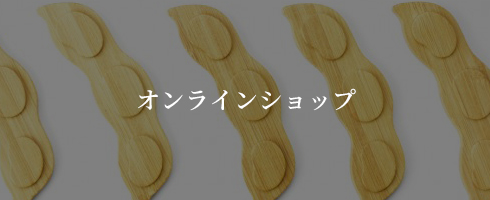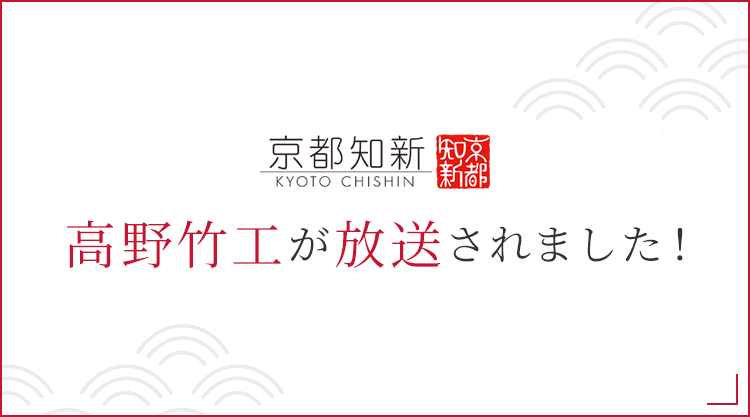
初夏の香りを乗せて 燕が舞う頃
ようやく孟宗竹の子供たちの登場です
例年より10日ちょっと遅れた分 どっしりとしています
17日の雨が合図だったかな
霧雨やスコールが続き 「よく降りますね」と茶杓名人Sさんに話しかけたら
「 菜種梅雨いうやつやな 」
( Sさん… 何だかかっこいい )
菜の花の咲くころに降る 菜種梅雨か…
この季節に 霧のように細かく柔らかに降る雨を 「春雨」
そして新暦の4月20日頃には 百穀を潤す雨が降るという意味で 「穀雨」(二十四節気)というそうです
春を楽しみ農を営む 仕事の合間にお茶を飲みながら 心がホッと和んでいく
春を囲み 笑い語らう
At the time when swallows dances in the wind of early summer,
Mosochiku (moso bamboo) sprouts has finally come upon the earth.
As it was 10 days later than usual, they seems quite heavy.
The rainfall of April 17 may be a go sign.
When we had some continuous days with drizzle or squall, I said “It rains quite a lot”
to Mr. S, a master of creating tea scoop.
Then he said “It is as we say Natanezuyu (long spell of rainy weather in early spring)”.
(Cool...)
Natanezuyu (Natane means “canola seed”) at the time when canola flowers are in bloom...
We call drizzle of this season “Harusame (spring rain)” and rain around April 20 “Kokuu”
(“Koku” means “grains”) in the sense that it rains to moisten all kinds of grains.
Since back in the day, people enjoy spring season in engaging farm work,
relaxing with a cup of tea during their break time.
Laughing and talking, in circling round the spring.
(translated by C.N.)




